Carlos Sainz ended qualifying for the Chinese Grand Prix in seventh place but was lucky to be involved in Q3 at all after a sizeable mistake in the previous segment.
The Spaniard ran wide out of the final corner and dipped his wheels into the gravel, resulting in a high-speed spin and contact with the wall.
Sainz came to a halt on the circuit after hitting the barrier, causing race control to deploy a red flag.
However, Sainz's car did not suffer terminal damage in the incident and he managed to return to the pit lane for repairs before completing the session.
It sparked debate online over whether or not Sainz was allowed to do so under the regulations.
Viewed by others:
What do the regulations say?
Confusion has likely settled in amid a new rule for the Formula 2 and Formula 3 categories this year.
The junior series' have implemented a fresh approach to red flag stoppages, whereby any driver that is responsible for deploying a red flag will not be allowed to take part in the remainder of the session, and their lap time will be deleted.
It marks a similar rule that has been used for a number of years in the IndyCar Series, ensuring that no driver will reap potential rewards from crashing out of the session should they be towards the top of the timesheets.
In F1's current sporting regulations, Article 39.6 states: “Any driver whose car stops on the track during the qualifying session or the sprint qualifying session will not be permitted to take any further part in that session.”
Some pointed out that this seemingly fits into Sainz's situation as he stopped on the circuit and caused a red flag.
Clarification over definition
However, RacingNews365 understands that the rule does not directly apply to Sainz's crash in Shanghai.
The definition of the word 'stops' has been discussed in previous Sporting Advisory Committee meetings.
While it is clear Sainz did indeed stop on the circuit, the rule in question relates to a car that stops on the track and is returned to the pit lane not using its own power.
Had Sainz been unable to fire his Ferrari back up and if the challenger had returned to the garage by marshalls, Sainz would have been eliminated from the session.
But on this occasion, the Spaniard was able to regain control of his car and bring it back to the garage to keep himself in contention for qualifying.
Sainz attributed a minor steering input before he hit the wall as the reason he was able to continue.
“Right in the last moment before hitting the wall I managed to turn the wheel a bit and crash in a better angle than in the direction that I was going,” he told media including RacingNews365.
“Probably this saved the day because we were it was looking bad at one point.”
Most read
In this article
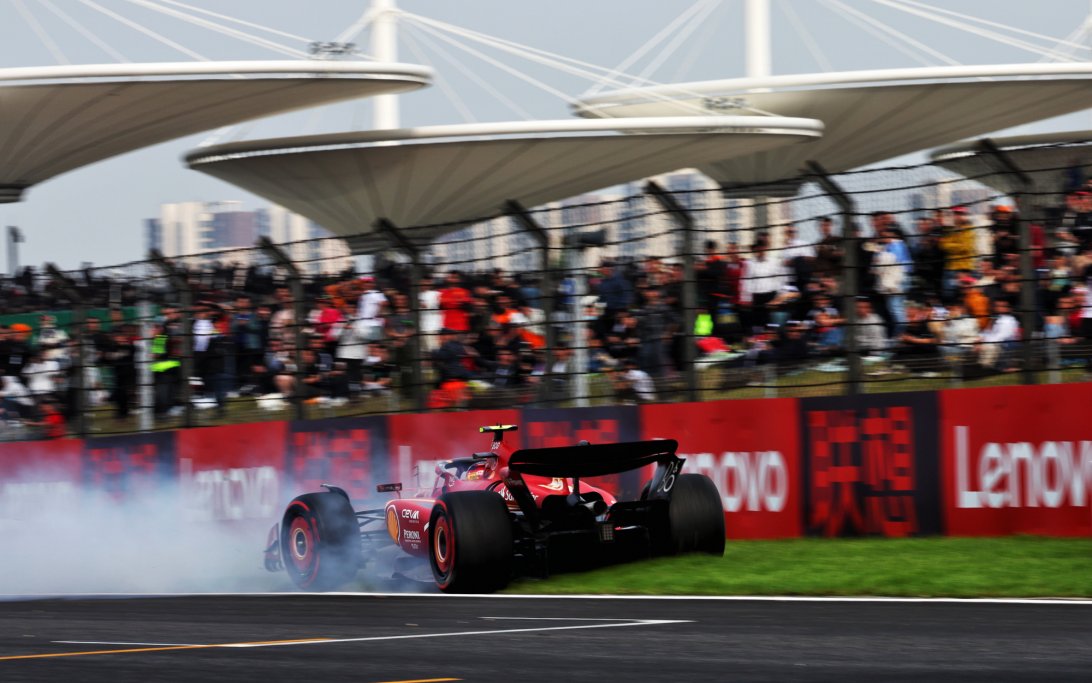
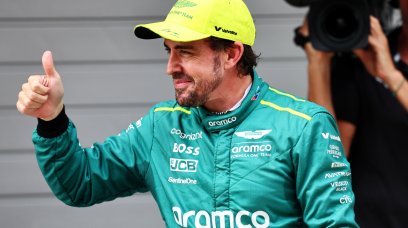
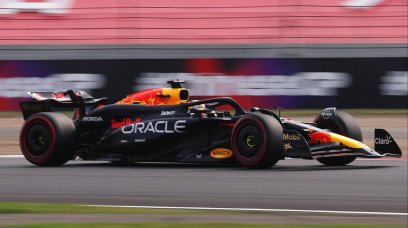
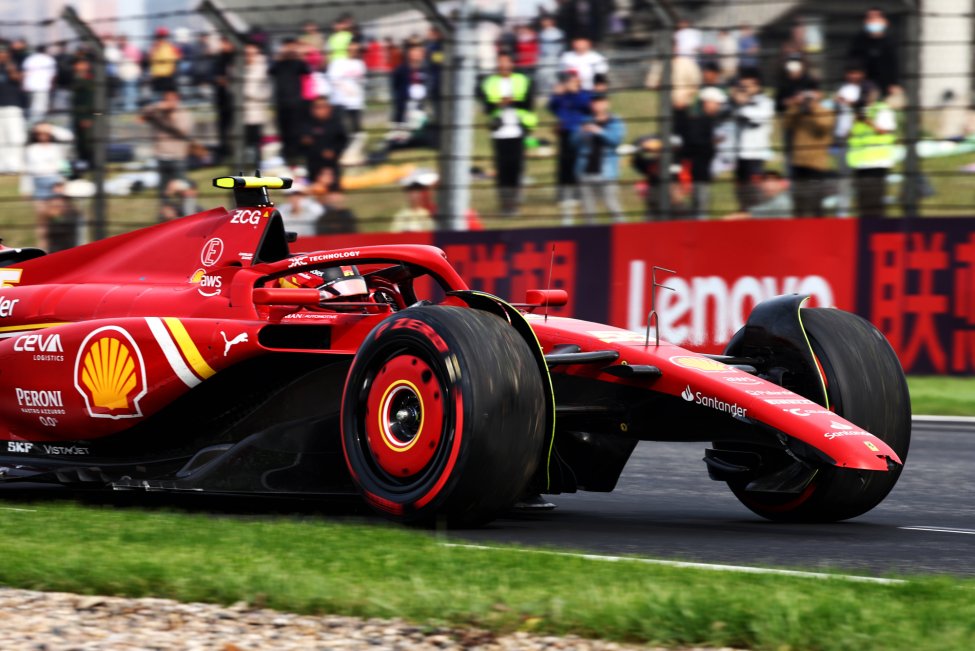
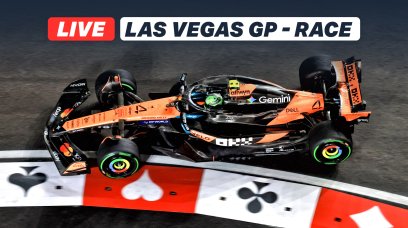

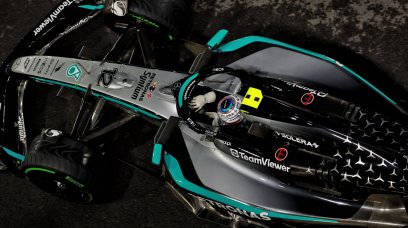
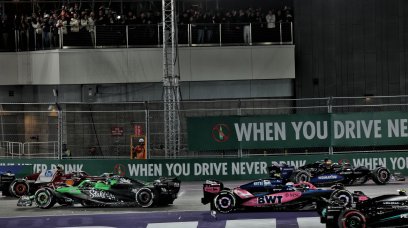
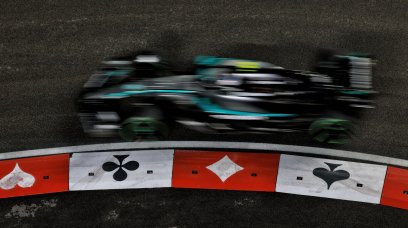













Join the conversation!